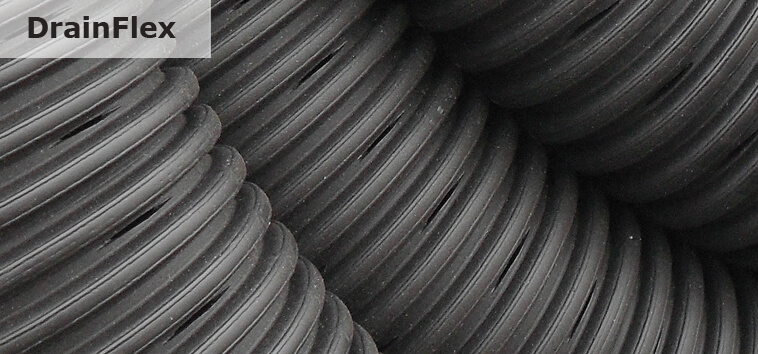 |
 |
|
 |
||

|
InstallationDrainFlex features long coil lengths, is flexible and lightweight making it easy to install using a backhoe, chain digger or ploughing directly into the ground. Installation Steps
|
|||||||||
Regulatory Approvals |
|
Quality Assurance |
|
Safety |
|
©Poly Pipe Pty Ltd.
|
About |
Products & Services Polyethylene Pipes Industry Applications PE Benefits Standard Colours Quality Assurance Manufacturing Safety Distribution Environment |
Applications Telecommunications Mining Water & Civil Rural & irrigation Sewerage & Drainage DrainFlex |
 |




